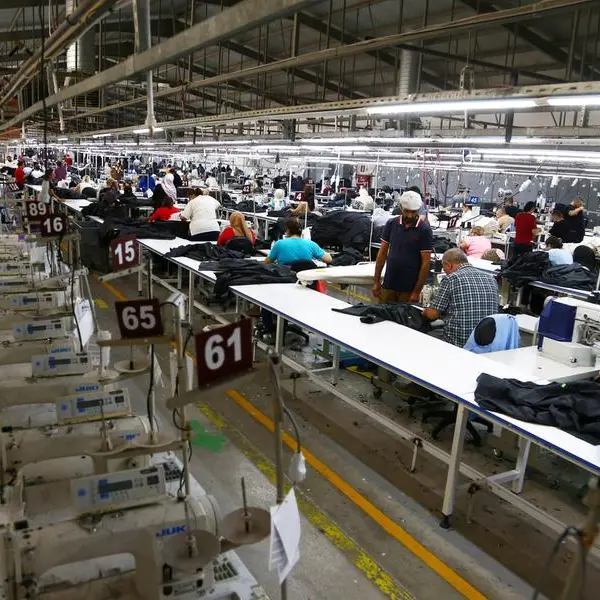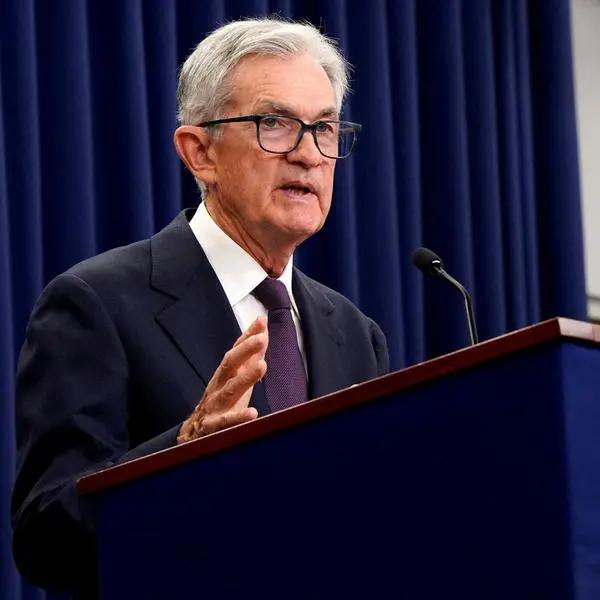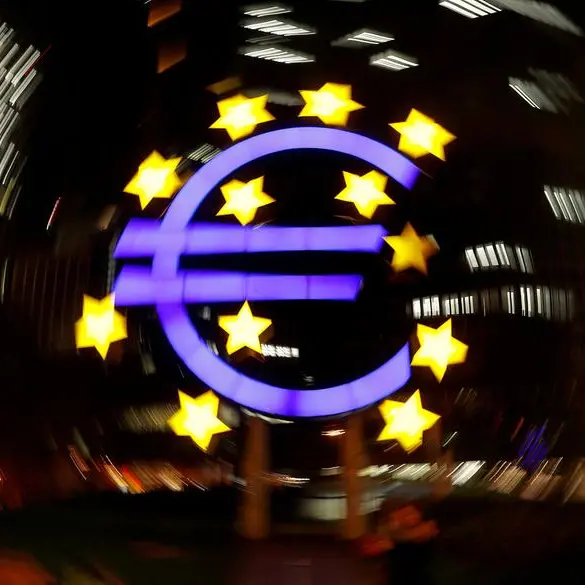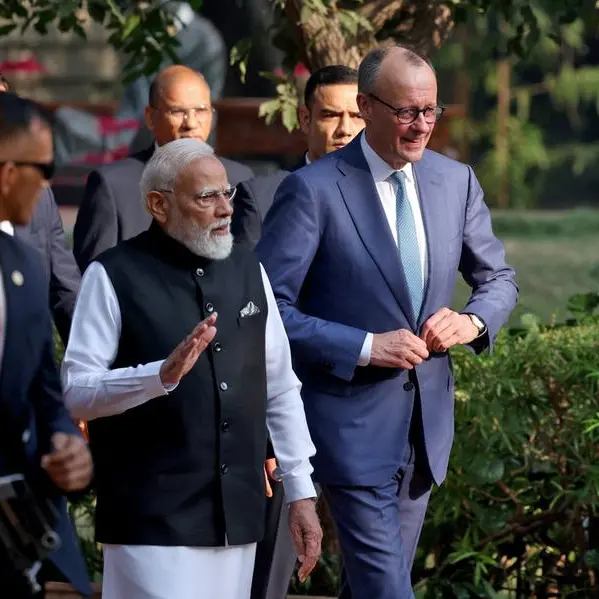The Polish economy, the biggest in central Europe, slowed less than expected in 2022, maintaining solid growth for the whole year even as high inflation begins to increasingly damage demand.
Central Europe's economies started facing recession risks in the last half of 2022 and analysts see slowdowns in 2023, with the impacts of high energy bills, war in Ukraine, and weaker consumer spending becoming more visible.
Yet Poland has entered the new year on a bit stronger footing than others, according to statistics office data on Monday.
Poland's gross domestic product (GDP) rose by an annual 4.9% last year, a touch above expectations of 4.8% in a Reuters poll. That followed growth of 6.8% in 2021.
"This very good result is to a large extent the effect of a very good first half of the year," said Grzegorz Maliszewski, chief economist at Bank Millennium.
"The second half of the year brought a clear slowdown in economic activity, because the effects of higher inflation and higher interest rates became apparent."
Inflation in Poland and around the region is at double-digit rates, eating into workers' paychecks more and more, which analysts said was seen in slowing consumer activity even in the full-year data.
The statistics office did not break down data into quarterly figures, with fourth-quarter flash estimates due on Feb. 14.
Analysts expect the Polish central bank to maintain a stable rates policy this year.
Central banks around the region, having sharply raised interest rates in year-long hiking cycles started in 2021, have sought to keep policy steady to help navigate the slowdown.
Poland's central bank, which has its base rate at 6.75%, forecasts growth of 0.7% in 2023. (Reporting by Jason Hovet in Prague and Anna Wlodarczak-Semczuk in Warsaw; editing by Jason Neely)




















